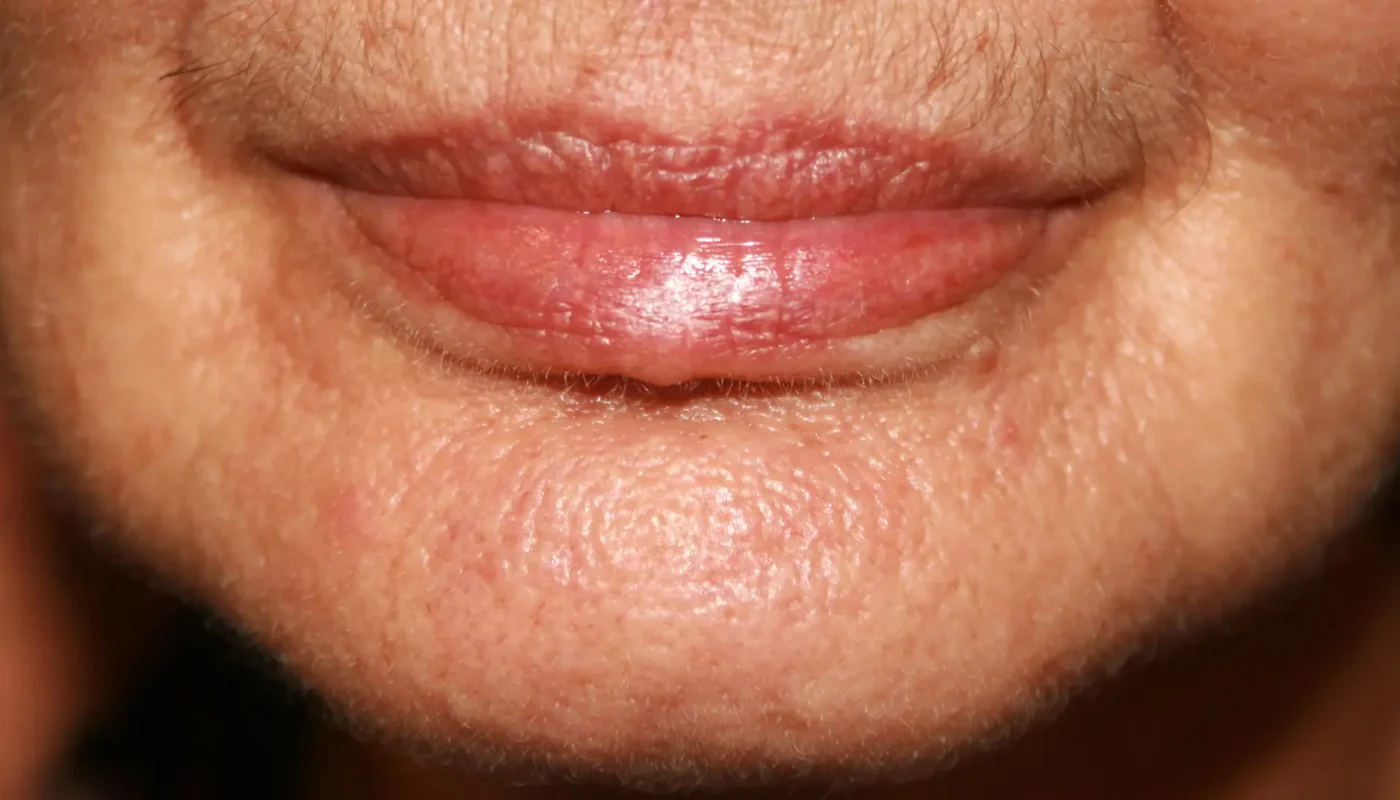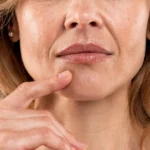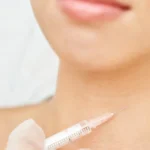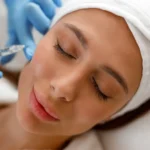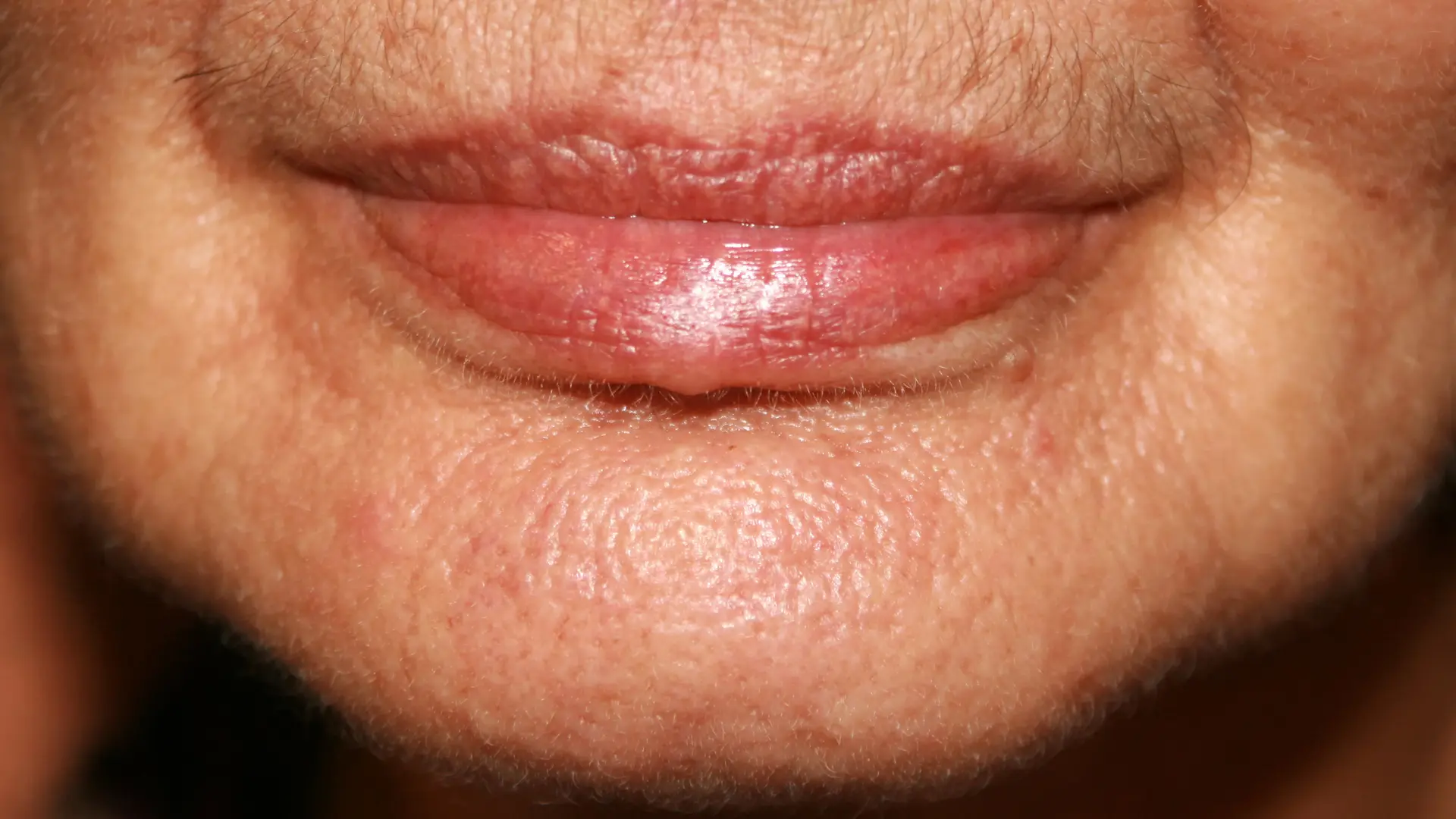
According to the World Health Organization, a significant demographic shift is underway globally. By the year 2050, it is projected that the percentage of individuals aged 60 and above will rise from 12% to 22%. This statistic underscores a substantial increase in the elderly population, signaling a transformative trend in the age structure worldwide.
As individuals age, they often encounter a variety of skin concerns, particularly in the facial area. The natural aging process can lead to sagging skin, volume loss, and develops wrinkles. These changes prompt people to explore effective treatments. Specifically, dermal fillers, such as Sculptra, address these aging issues to restore a youthful appearance.
This article will explore Sculptra for nasolabial folds, the treatment procedure, patient assessment, and safety and efficacy.
Key Takeaways
- When patients undergo Sculptra injections, the body absorbs the injected PLLA microparticles that initiate a response. This leads to collagen strands rebuilding gradually and restoring the skin’s inner structure and quality.
- Patients must undergo a thorough consultation and evaluation with their trusted medical professional to ensure they are suitable candidates for Sculptra treatments.
- A clinical trial highlights Sculptra for nasolabial folds as an effective, long-lasting treatment, demonstrating that it significantly reduced the severity of the nasolabial folds at week 48.
- These experts may evaluate patients based on individual concerns, skin type, medical history, and aesthetic goals.
About: Medica Depot is your trusted all-in-one supplier, offering a range of high-quality medical injectables and supplies. Buy Sculptra at Medica Depot today! Whether for health professionals, plastic surgeons, dermatologists, licensed estheticians, or other specialists, we can offer genuine, brand-name products you may need. With Medica Depot, we prioritize serving you better to improve the patient’s quality of life.
Sculptra for Nasolabial Folds Mechanism of Action
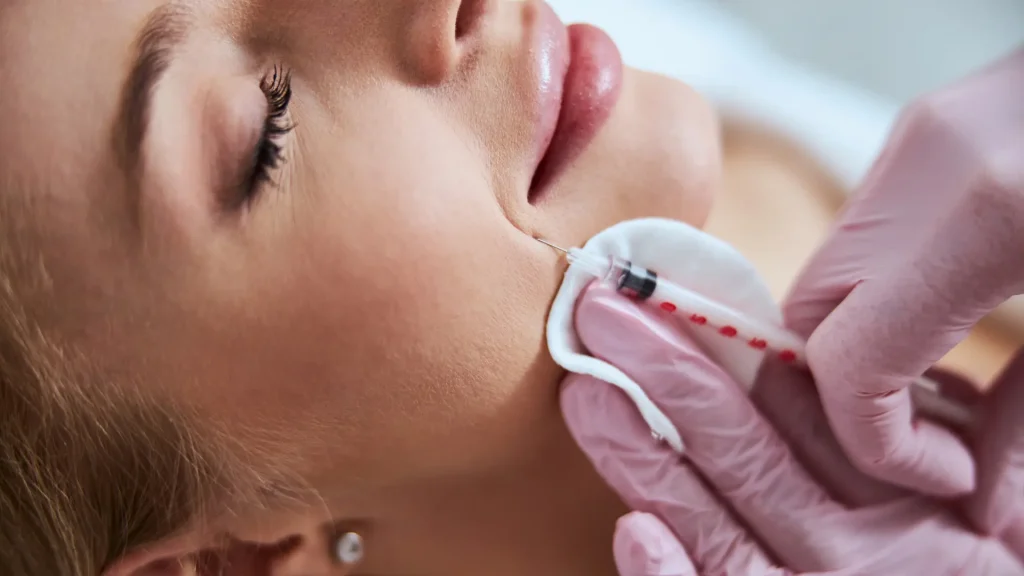
Sculptra contains poly-L-lactic acid (PLLA) and works differently than other dermal fillers. Sculptra cheekbones, nasolabial folds, or off-label use treatments offer improvement from the skin’s deep layers. This injectable is a collagen stimulator, which does not deliver immediate patient results.
When patients receive Sculptra injections, the body absorbs the injected PLLA microparticles, initiating a response. This leads to collagen strands gradually rebuilding and restoring the skin’s inner structure and quality. It can target nasolabial folds by stimulating collagen production and reducing their appearance in the facial region.
Collagen helps maintain the skin’s shape and structure, which can resist the signs of aging. Collagen stimulation significantly helps in skin rejuvenation, enhancing the skin’s elasticity and firmness, resulting in reduced wrinkles, fine lines, and other signs of aging.
Improving skin texture and volume involves smoothing the aging signs, exfoliation, and hydration. Sculptra injections work beneath the skin to restore its structure, gradually enhancing its smoothness and plumpness while improving its appearance.
Treatment Procedure of Sculptra for Nasolabial Folds
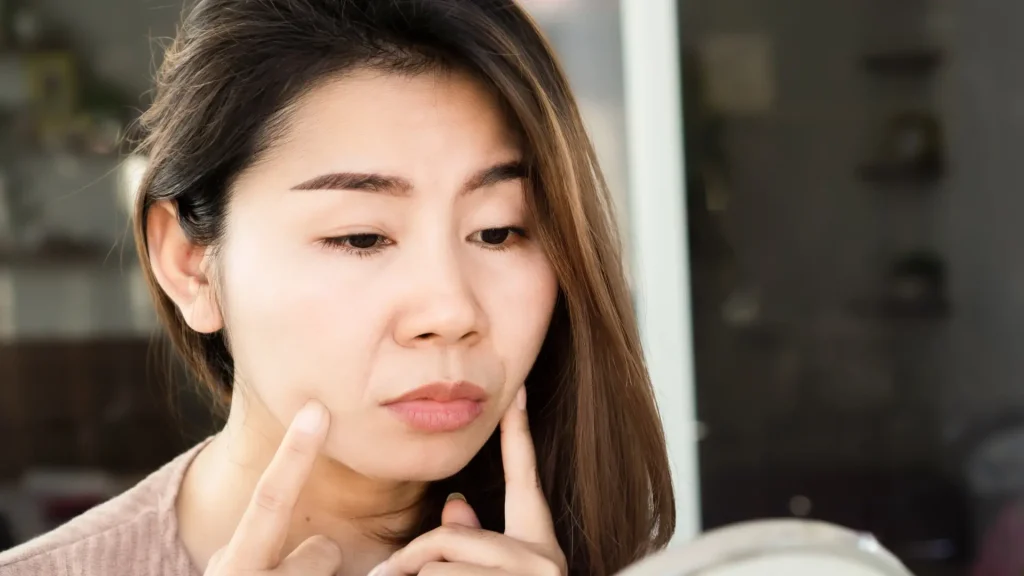
Sculptra for nasolabial folds involves injecting the injection into the nasolabial folds to stimulate collagen production and restore the lost volume. The procedure typically takes 30 minutes to one (1) hour per session.
Patients must undergo a thorough consultation and evaluation with their trusted medical professional to ensure they are suitable candidates for Sculptra treatments. This evaluation allows providers to align the treatment procedure and its benefits based on individual characteristics.
Medical professionals know the most appropriate injection techniques to use for Sculptra injections. It may depend on the patient’s needs and the provider’s expertise and experience to determine the injection technique. Medical professionals must utilize an aseptic technique during the injection session.
They can use linear threading, bolus, fanning, and cross-hatching techniques, whichever is appropriate for their treatment. Furthermore, post-treatment care, such as massaging the treatment area and applying ice packs after injection, can ensure patient safety. Other post-treatment tips include:
- Stay Hydrated
- Avoid Strenuous Activity for 24 Hours
- Avoid Extreme Temperatures and Excessive Exposure to Sun and UV Rays
- Regularly Plan Follow-up Appointments for Monitoring
Efficacy and Safety of Sculptra
Sculptra has proven effective for nasolabial fold correction, with its safety and efficacy supported by trials and research. A clinical trial highlights Sculptra for nasolabial folds as an effective long-lasting treatment, demonstrating that it significantly reduced the severity of the nasolabial folds at week 48.
Moreover, Han et al. (2023) conducted a study comparing Sculptra with another poly-L-lactic acid (PLLA) injection. The study demonstrated that the new PLLA injection showed non-inferiority to Sculptra injections.
While specific clinical trials addressing Sculptra for nasolabial folds are limited online, it’s worth noting that the US Food and Drug Administration has approved Sculptra for various uses in the facial region, highlighting its safety and efficacy in treating these skin concerns.
- For nasolabial fold contour deficiencies and other facial wrinkles and folds
- For fine lines, wrinkles, and other aging signs in the cheek region
- For correction of facial fat loss in people with human immunodeficiency virus
Managing Sculptra Treatment for Nasolabial Folds

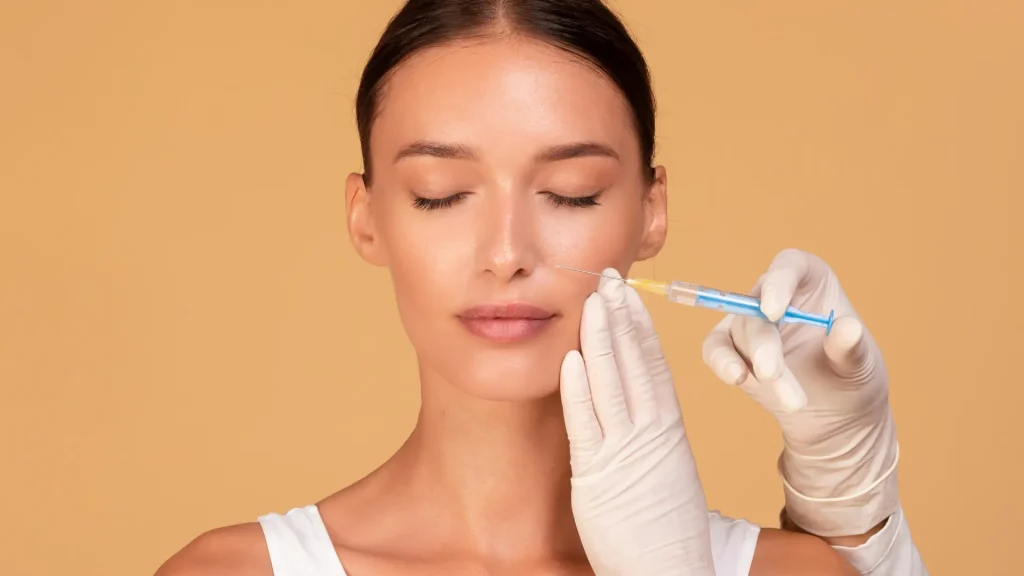
Sculptra for nasolabial folds, cheek region, or its off-label uses involves a series of injections tailored to individual facial structures. These experts may evaluate patients based on individual concerns, skin type, medical history, and aesthetic goals. Other selection criteria for ideal candidates include:
- Patients with a Healthy Immune System
- Patients who have Facial Skin Concerns, such as wrinkles, fine lines, and other aging signs
- Adult Individuals (Efficacy for 18 years old and below has yet to be tested)
- Patients Should Have No Skin Disease or Infection
Patients can achieve optimal outcomes when experienced and licensed medical professionals administer their Sculptra injections. They must adhere to the provider’s post-treatment instructions to minimize the risk of Sculptra side effects, such as:
- Avoiding Blood Thinners or Other Certain Medications
- Follow Post-Injection Massage Instructions
- Protect Skin from Sun Exposure
Furthermore, medical professionals should equip patients with proper management of Sculptra side effects. These symptoms may only occur temporarily and resolve in a few days or weeks after treatment. However, if these persist, seek immediate medical attention.
- Injection Site Pain
- Redness
- Bruising
- Tenderness
- Itching
- Lumps
- Bleeding
- Swelling
Conclusion
Sculptra for nasolabial folds treatment offers a promising solution for those seeking to lift and smooth their skin. Its unique mechanism of action involves stimulating collagen production, allowing for a gradual and natural-looking improvement in the appearance of nasolabial folds.
Clinical trials have validated Sculptra’s efficacy and safety, making it a reliable choice for facial rejuvenation. Proper management of the treatment process, including patient selection, injection techniques, and post-treatment care, provides a comprehensive approach to improving nasolabial folds and enhancing overall facial aesthetics.
FAQs
1. What is Sculptra, and how does it work for nasolabial folds?
Sculptra is a dermal filler containing poly-L-lactic acid (PLLA) that stimulates collagen production to restore lost volume in the skin. It gradually reduces the appearance of nasolabial folds by rebuilding collagen strands and improving skin quality.
2. How long does the Sculptra for nasolabial folds procedure take? What should I do after?
The procedure typically takes 30 minutes to one hour per session. After treatment, staying hydrated, avoiding strenuous activity for 24 hours, and avoiding extreme temperatures and excessive sun exposure is important. Regular follow-up appointments for monitoring are recommended.
3. Is Sculptra for nasolabial folds safe and effective?
Clinical trials have demonstrated the efficacy and safety of Sculptra for nasolabial fold correction. The treatment significantly reduced the severity of nasolabial folds at week 48 and is FDA-approved for various uses in the facial region.
References
- World Health Organization. (2022, October 1). Ageing and Health. World Health Organization. https://www.who.int/news-room/fact-sheets/detail/ageing-and-health
- Sculptra ®. (n.d.). In sculptrausa.com. Sculptra USA. Retrieved June 14, 2024, from https://www.sculptrausa.com/docs/Sculptra-e-IFU
Clinical aesthetics products refer to a category of products used in the field of medical aesthetics or cosmetic dermatology. These products are typically designed and formulated to be used under the supervision of healthcare professionals, such as dermatologists, plastic surgeons, or trained aestheticians. They are distinct from over-the-counter cosmetics in that they often contain active ingredients or formulations that require expertise in their application or administration.
Examples of clinical aesthetics products include:
-
Dermal Fillers: Injectable substances used to add volume, smooth wrinkles, and enhance facial contours. Examples include hyaluronic acid fillers like Juvederm and Restylane.
-
Botulinum Toxin (Botox): Injectables that temporarily paralyze facial muscles to reduce the appearance of wrinkles caused by repetitive movements, such as frown lines and crow's feet.
-
Chemical Peels: Solutions applied to the skin to exfoliate and improve its texture. They can treat acne, pigmentation issues, and signs of aging.
-
Laser and Light Therapies: Devices that emit focused light or laser energy to treat various skin conditions, including acne, scars, and signs of aging.
-
Prescription Skincare Products: Formulations containing active ingredients like retinoids (vitamin A derivatives), hydroquinone, or prescription-strength antioxidants to address specific skin concerns under medical supervision.


